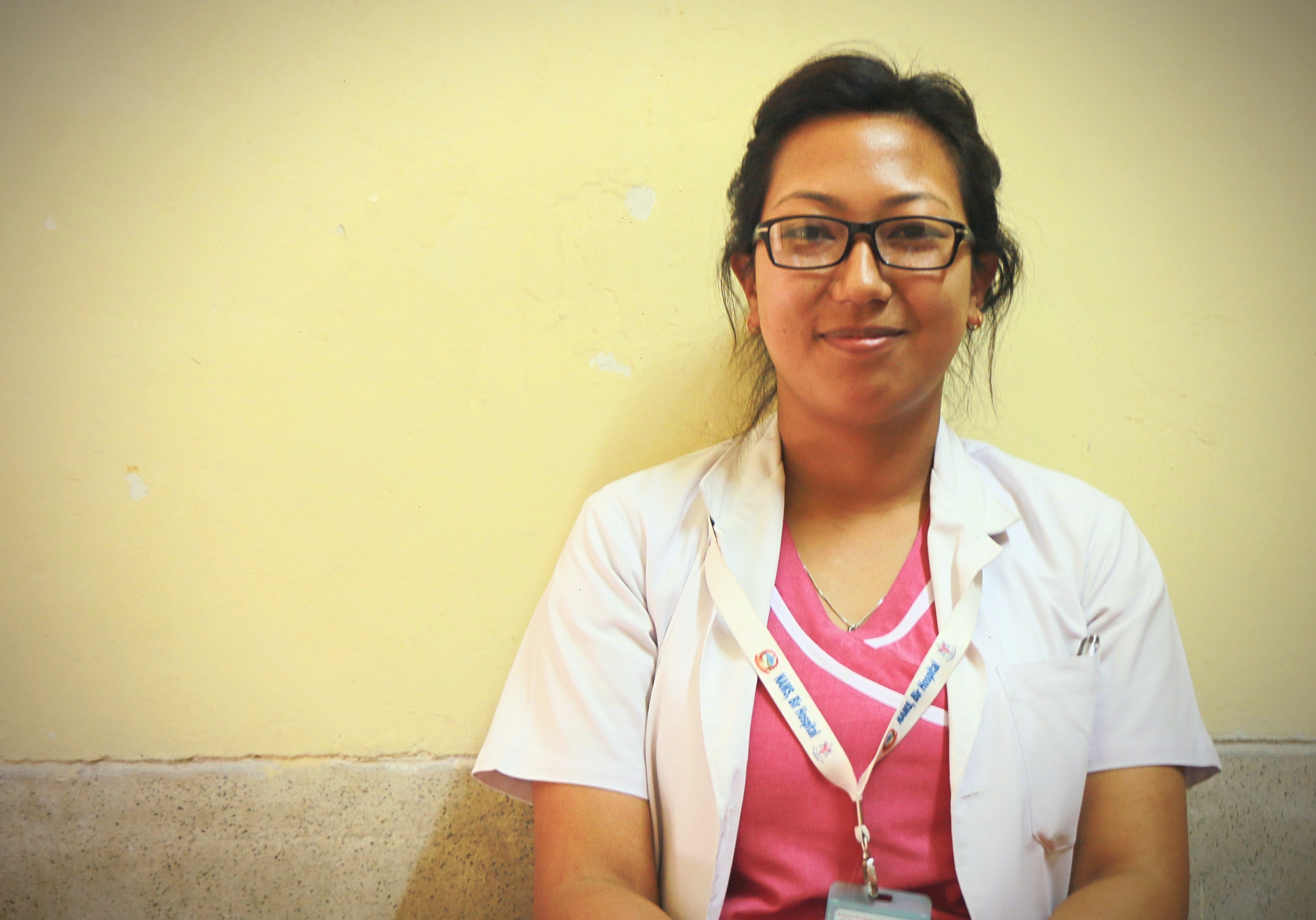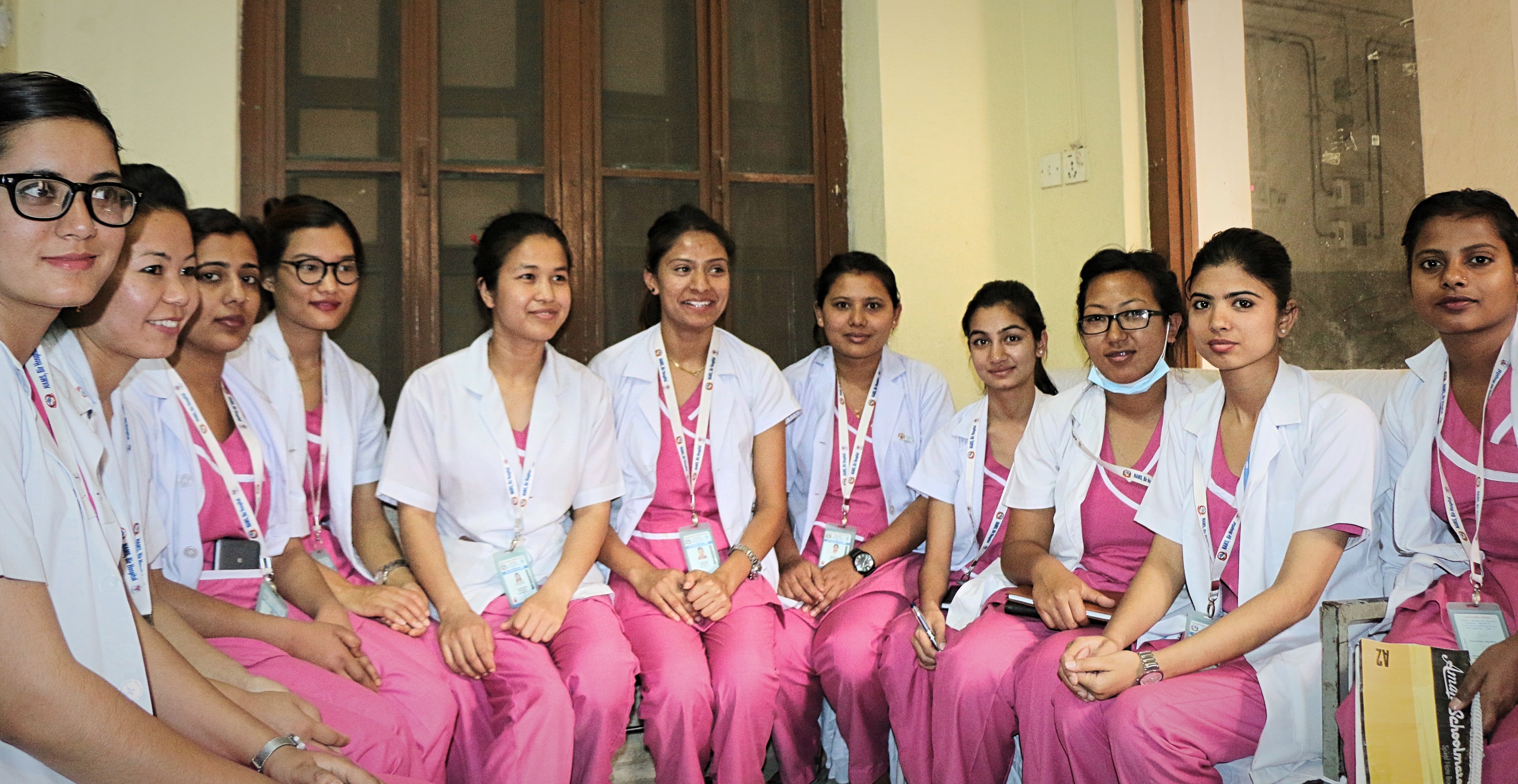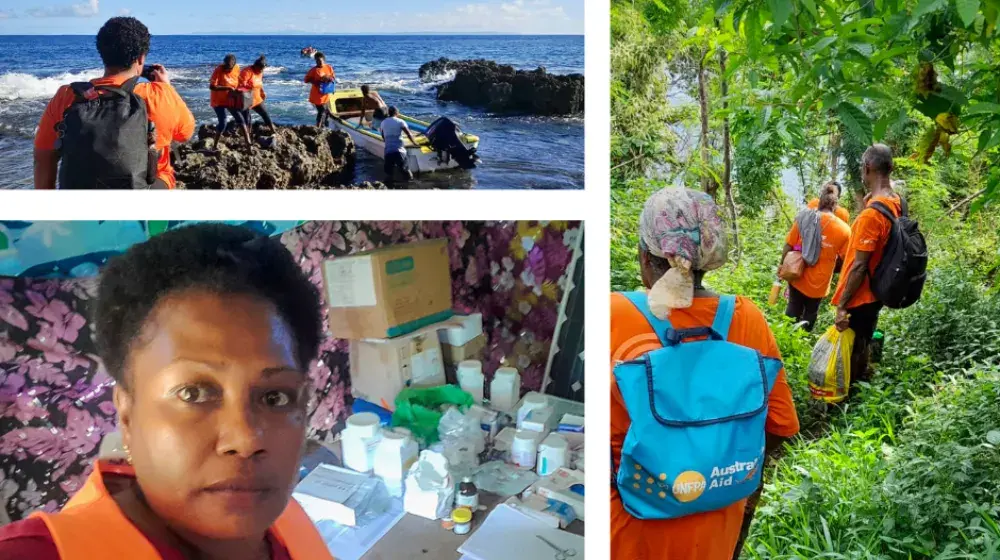Kathmandu, Nepal – Pramika Maharjan finally found her true calling when faced with the mortal risks that far too many pregnant women face in Nepal.
“I was so upset when a woman, suffering from heavy bleeding after giving birth, had to be rushed to hospital,” explains Maharjan, recalling the life-changing case she handled while working as a nurse in Nepal’s remote far-western district of Doti.
“She was somewhere between life and death, and had to travel for six hours on rough, bumpy roads, and it all could have been so easily solved if I had the skills to manage postpartum hemorrhage.”

Pramika Maharjan. Photo: UNFPA Nepal
Four years later, and Maharjan is one of 29 aspiring midwives studying for their dream jobs.
The new Bachelor’s Degree in Midwifery, the first of its kind in Nepal, was launched by the Government in 2017. The three-year course is one part of a broader action plan, supported by the United Nations Population Fund, UNFPA, to build a professional cadre of midwives to help reduce Nepal’s high maternal mortality rate, which, despite progress in recent years, still stood at 258 deaths per 100,000 live births in 2015.
“It’s sad that many women still suffer from prolonged obstructed labour, hemorrhage, infection, eclampsia and other conditions,” says Shrijana Shrestha, who studies midwifery with Maharjan at the National Academy of Medical Sciences. “Most maternal deaths in Nepal are entirely preventable.”
In rural areas in particular, reaching health facilities remains difficult and risky for many, and there are dangerously low numbers of medical professionals and skilled birth attendants in Nepal as a whole. Up to 41 per cent of babies are still delivered at home, and only 58 per cent of births are assisted by a skilled provider.
UNFPA estimates that professional midwives could help avert around two-thirds of all maternal and newborn deaths in the country. They could also deliver up to 87 per cent of all essential sexual, reproductive, maternal and newborn health services.
Maharjan, thinking back to her first case in Doti, aims to head out to Nepal’s far reaches, where the risks for pregnant women are often the highest.
“I want to work in remote areas, where pre-pregnancy, antenatal, labour, birth, postpartum and family planning services are so limited,” she says.
Maharjan and the others in Nepal’s first set of midwifery graduates will enter the national health system in late 2019, and other steps are being taken to prepare for a growing cadre of skilled birth attendants.
“It’s important for doctors and other healthcare professionals to accept midwives as peers and equals,” explained Kristine Blokhus, UNFPA Deputy Representative in Nepal.
“Elevating the profession of midwifery through this degree programme is a key step in that effort and this will help midwives to gain respect and credibility as public health professionals.”
The key role midwifery plays was reinforced in the aftermath of Nepal’s massive 2015 earthquake and its aftershocks, when midwives helped save the lives of numerous pregnant women, new mothers and their infants amid the devastation wrought in Kathmandu and well beyond.
According to Professor Kiran Bajracharya, President of Nepal’s Midwifery Society which helped establish and prepare the degree programme, next steps should include setting up a recruitment, deployment and retention policy for midwives nationwide.
Preventing maternal and newborn deaths is key to achieving the UN Sustainable Development Goals by 2030, adds Bajracharya. “In the countries that have midwifery education, well-trained midwives have saved lives of women and newborns, thus reducing maternal and infant mortality rates. Nepal can do the same.”

The class of 2019. Photo: UNFPA Nepal





